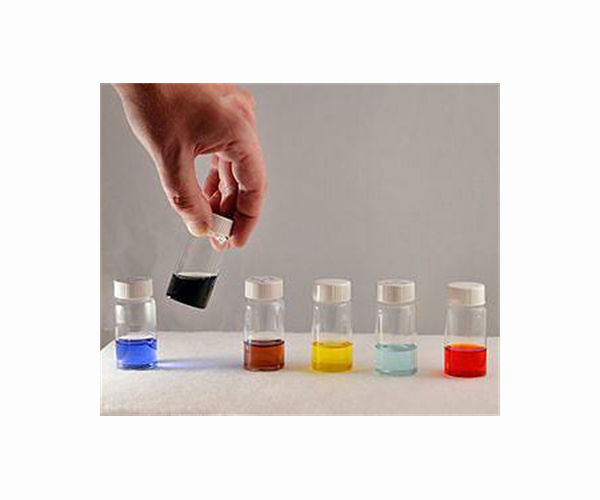Controlling electrolytes will pave the way for electric vehicles
Professor Soojin Park, Seoha Nam, a PhD candidate, and Dr. Hye Bin Son from the Department of Chemistry at Pohang University of Science and Technology (POSTECH) have made a significant development in creating a gel electrolyte-based battery that is both stable and powerful. commercially viable. Their research was recently published in the international journal Small.
Lithium-ion batteries are widely used in portable electronics and energy storage, including electric vehicles. However, the liquid electrolytes in these batteries pose a fire and explosion risk, prompting research into safer alternatives. One option is the semi-solid-state battery, which uses a gel-like electrolyte, offering improved stability, energy density and longer life.
Making gel electrolytes usually involves prolonged heat treatment at high temperatures, which can degrade the electrolyte, reducing battery performance and increasing production costs. Moreover, the interface resistance between the semi-solid electrolyte and the electrode is a challenge in the manufacturing process. Previous studies have struggled to apply their findings to commercial battery production due to complex methods and problems with large-scale applications.
Professor Soojin Park’s team addressed these challenges using a bifunctional crosslinkable additive (CIA), dipentaerythritol hexaacrylate (DPH), combined with electron beam technology (e-beam). The conventional manufacturing process of bag-type batteries includes electrode preparation, electrolyte injection, assembly, activation, and degassing steps. The researchers improved the dual functionality of DPH by adding an e-beam irradiation step after the degassing process. The CIA acted as an additive to facilitate a stable interface between the anode and cathode surfaces during activation and as a cross-linker to form a polymer structure during e-beam irradiation.
The team’s bag-shaped battery, which used a gel electrolyte, significantly reduced gas production from reactions on the side of the battery during initial charging and discharging, achieving a 2.5-fold reduction compared to conventional batteries. It also minimized the interfacial resistance due to the strong compatibility between electrodes and the gel electrolyte.
The researchers developed a high-capacity 1.2 Ah (ampere-hour) battery and tested its performance at 55 degrees Celsius, an environment that accelerates the breakdown of electrolytes. Batteries using conventional electrolytes experienced significant off-gassing, leading to rapid capacity reduction and swelling after 50 cycles. In contrast, the team’s battery showed no off-gassing and retained a capacity of 1 Ah even after 200 cycles, demonstrating its improved safety and durability.
This research is important as it enables the rapid mass production of safe and commercially viable gel electrolyte-based batteries within existing pocket battery production lines.
POSTECH’s Professor Soojin Park commented: “This achievement in stability and commercial viability is poised to be a breakthrough in the electric car industry.” He added: “We hope that these advances will bring great benefits not only to electric vehicles, but also to a wide range of other applications that rely on lithium-ion batteries.”
Research report:Reduction of gas evolution in electron beam induced gel polymer electrolytes using bifunctional crosslinkable additives


